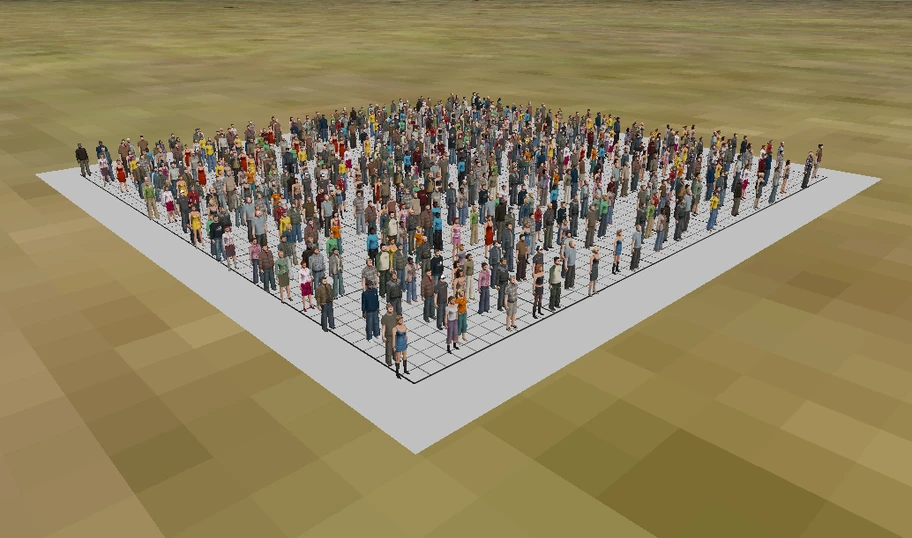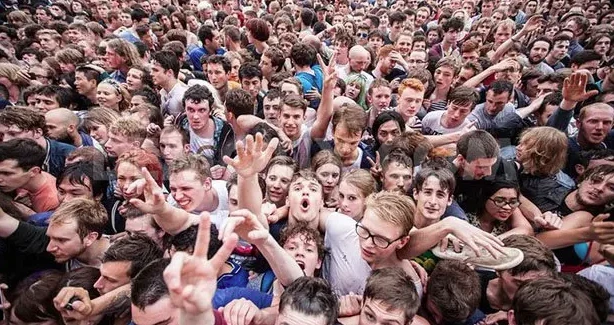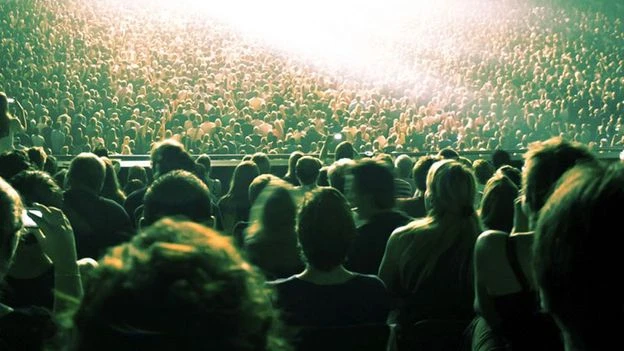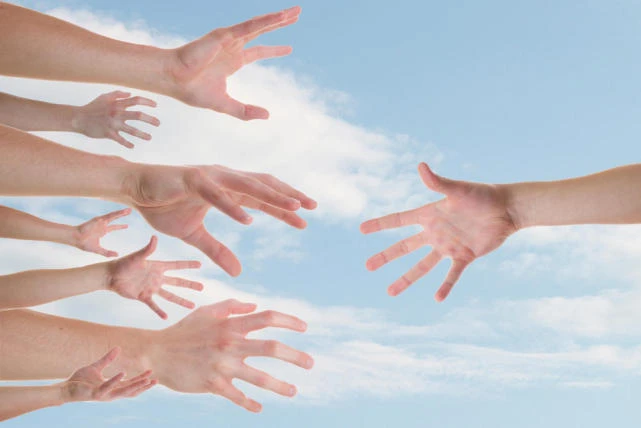What to do in a crowd crush – an informational thread in light of Itaewon Halloween tragedy.


The devastating incident in South Korea where over 150 people died while celebrating Halloween in a narrow city street— with many of the victims dying of cardiac arrest, marking the deadliest of such incidents in the country’s history. The tragic event is being described as a crowd crush, which is different from a stampede.
Also known as crowd-quakes, there’s currently no way of stopping this phenomenon once it arises. Even if it doesn’t apply to you, taking a moment to learn what to do in such situation could save your life; as well as lives of those around you.
Whether it's a stampede or a crowd surge, here are some crucial tips for increasing chances of survival:
Know Your Exit Routes

Make sure you make note of where the emergency exits are while entering a venue and attending a concert or large event. Once it gets too crowded, the main exit may not be the most viable option.
Observe Crowd’s Density

Once crowd density reaches six people per square meter or more, it becomes very dangerous and you may not be able to find your way out anymore. Prevention is key. Most crowd crush deaths occur in small spaces such as alleyways, moshpits, or exit hallways of venues. It’s best to leave early instead of waiting for things to get ugly.
Get up high and alert security if you are at an organized event and notice a crowd crush. Alert them to stop the music and make everyone aware, since crowd crushes occur in loud environments, people outside the crush often have no idea what's happening.
To make good decisions, you must understand the signs of density. Here are a few rules of thumb for estimating gravity of the situation.
- If you have no physical contact with those around you, the density is probably still under three people, so all is well at present.
- If you are bumping with others unwillingly, the crowd density must be around 4-5 people per square meter. However, there is no immediate danger, but would be better to move away from the centre.
- If you can’t freely move your hands, then there are too many people – sign of acute danger.
Do Not Fall Down

Whatever you do, do not fall down. When people are crushing each other in an upright position deaths are fewer. But when gravity is added to the mix, loads of people die. If you can stay upright, you may survive. Once you fall down, people will fall on top of you or climb you. You won't be able to get back up.
Not falling is pretty intuitive, but it's importance must be emphasized.
Make Space Around Your Chest

If you are stuck in the crowd and feel its density increasing, put your arms in boxer position (fist to face, elbows to your sides) to give your chest/lungs a tiny bit of expansion potential. Pining your arms to your sides or above your head leaves your chest open to being compressed.
In a crowd crush, people die of lack of oxygen rather than internal organ trauma.
Don’t Take Off Your Backpack

Your first instinct may be to make more space by removing a bulky backpack and putting it on the floor. This is a huge hazard. People being pushed into it may trip which could cause a pileup.
Go With The Flow

Once the crowd reaches 8-9 people per square meter, those inside can't move freely and the crowd behaves like a liquid. You will feel yourself being moved in different directions, but it's important you don't fight it. In a crowd crush, resisting will be a waste of precious energy. Instead, let yourself be carried by the flow while always retaining your balance.
Don’t Scream

Oxygen is your most precious resource for survival so avoid screaming unless you have to, and control your breathing. It will become contagious if you begin acting panicked, hostile, and inconsiderate of those around you. In this situation, pushing one person can lead to a horrible chain reaction. Again, staying calm and moving with the crowd is the safest choice.
Avoid Walls

Most people who asphyxiate in crowd crushes are pushed against solid objects like floors, barriers, fences, or walls. Do your best to avoid becoming trapped against walls or even the back of someone trapped against a wall to increase your chances of survival.
Help Others, Only If You Can

Do not try to help others if the situation is unsafe. Avoid multiple accidents, be safe first: you cannot help if you get injured yourself. Access the risk first. If someone is slipping down and you are in the position to help them you should, but if you are unstable and someone is yanking on you trying to get up, it could result in both of you falling.
It’s a bit harsh but the situation only gets worse if the helpers get hurt. Leave it to the professionals.
Aftermath

Access the situation around you. If the crowd thins there may be people on the floor. Since these things usually result from lack of event planning, there may not be enough medical personel to help right away. In such case, volunteer to save lives.
Check if someone is responsive; just because someone is down does not mean they need CPR. The first step is to see if they are conscious and shaking their shoulders is a good place to start. If they don't move or make a noise, move to the next step and check if they are breathing. Tilt their chin up to open their airways. Then, level your eyes to their chest and see if it is rising and falling.
If it isn't too loud, listen for breathing.
Begin CPR

One needs CPR if they are unresponsive and do not breathe for ten seconds. For an adult, your hands should be laced together (not side by side) pressing on the chest. Get past any hesitance to pump hard. You should be pressing 5cm (2in) into their chest. CPR requires force– more than you would usually be comfortable applying to a person. But this is absolutely necessary to reach their heart.
Crack
In several cases, breaks and fractures occur from life-saving compressions. That cracking sound can scare people (since it's not depicted in movies) but know that it is normal. Don't let it startle you out of resuscitating someone.
It’s very needed that we all know how to perform CPR for our own safety and for the people we care about.

Hopefully, with more public awareness, people can cope with turbulent times, and bounce back from hardship and tragedy.

Gold prices surge in Pakistan, global markets
- 3 hours ago
Iconic Sultan Rahi's death anniversary observed today
- 3 hours ago
Trump cancels second wave of attacks on Venezuela after cooperation
- 3 hours ago
Germany plans measures to combat harmful AI image manipulation
- 25 minutes ago

This 16-inch laptop is so light I can easily lift it with three fingers
- 6 hours ago
PM approves policy framework to reform gemstones sector
- 4 hours ago

Keep your home warm with the Google Nest Learning Thermostat, now only $230
- 6 hours ago
Health Ministry, Roche ink agreement to supply free cancer medicines
- 3 hours ago

Universal Music signs a new AI deal with Nvidia
- 6 hours ago

TP-Link brings an AI assistant to its smart home and home networking apps
- 6 hours ago

AI moves into the real world as companion robots and pets
- 6 hours ago

Spotify is finally bringing your friends’ Listening Activity to mobile
- 6 hours ago







